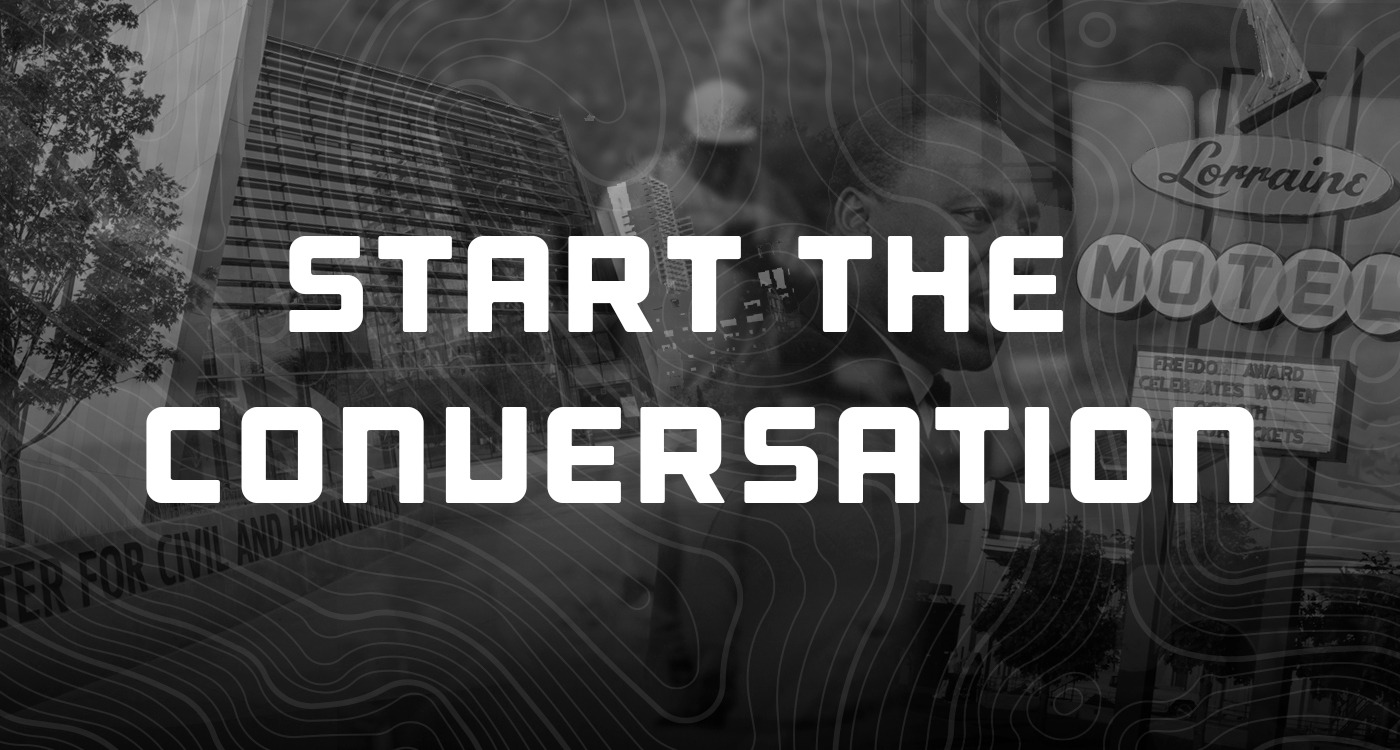
Overview:
Here are some basic facts on poverty in America:
- In 2015 there were 43.1 million people in poverty. (Proctor 2016, p. 12-14)
- The 2015 poverty rate for Blacks was 24., for Hispanics 21.4, and for Asians 11.4 percent. For non-Hispanic whites, the poverty rate was 9.1 percent (Proctor 2016, p. 12-4).
- The poverty rate for children under 18 was 19.7 percent in 2015, and the number of children in poverty was 14.5 million. Children represented 23.1 percent of the total population and 33.6 percent of people in poverty (Proctor 2016, p. 14).
- 19.4 million Americans live in extreme poverty. This means their family’s cash income is less than half of the poverty line or about $10,000 a year for a family of four. They represented 6.1 percent of all people and 45.1 percent of those in poverty.
Terms to know:
Wealth Inequality:
Income inequality refers to the extent to which income is distributed in an uneven manner among a population. In the United States, income inequality, or the gap between the rich and everyone else, has been growing markedly, by every major statistical measure, for 30+ years.
Wage Gap:
The difference in rates of pay between two groups of people. For example, the difference in pay based on gender and race.
Institutional Oppression:
The systematic mistreatment of people within a social identity group supported and enforced by the society and its institutions, solely based on the person’s membership in the social identity group. For example, schools in a lower-income neighborhood have fewer funds, more students, and as a result, receive a poorer education.
Redlining:
The legal process that lasted from 1934 until 1968 that refused to back loans to black people or even other people who lived near black people. Redlining destroyed the possibility of investment wherever black people lived.
(Read this article for more info on redlining.)
Hurdles to Overcome:
- Question: Do you believe that you have contributed to systemic racism?
Discuss your answers and read the following idea as well as watch the video.
Individualized Oppression:
This is the idea that because you did not own a slave, you do not contribute to oppression or racism. In fact, if you most likely have benefited from a system that oppressed a group and race to boost the privileged.
(Watch this video with Soong-Chan Rah on this idea.) - Question: Have you benefited from a system that has oppressed others?
- Question: What is a healthy way to respond to racism?
Discuss with a group and read the following idea:
“Color-Blindness”:
A popular response to racism became the idea of “color-blindness” where some claimed not to see color, but just people. While this concept probably came from good intentions, it perpetuates misunderstanding and racism further. “Color-blindness” strips minorities of their individual culture and assumes that everyone has had the same experience. It pushes aside the critically important narrative of oppression for the minority when in fact this narrative is vital to the understanding and improvement of the systemic oppression.
(Read this article for more info on this topic.)
Dream:
What does it look like for a society to care for the poor and eliminate systemic oppression?
A large movement behind this campaign is reconciliation. In light of that, who could you start a conversation with that might believe or think differently than you?
Brainstorm:
An Awareness Campaign:
Create a public awareness campaign based on an issue you discussed.
The campaign may include posters, flyers, banners, etc. that would raise awareness around the world. What would it be? Why?
Final Questions:
What are some of the needs of your own community?
What are conversations you can start with your community?
When is the time to start making an impact?
To learn more about our campaign, please visit lovebeyondwalls.org/map18
Want to download this Conversation Starter as a PDF? Click here.

